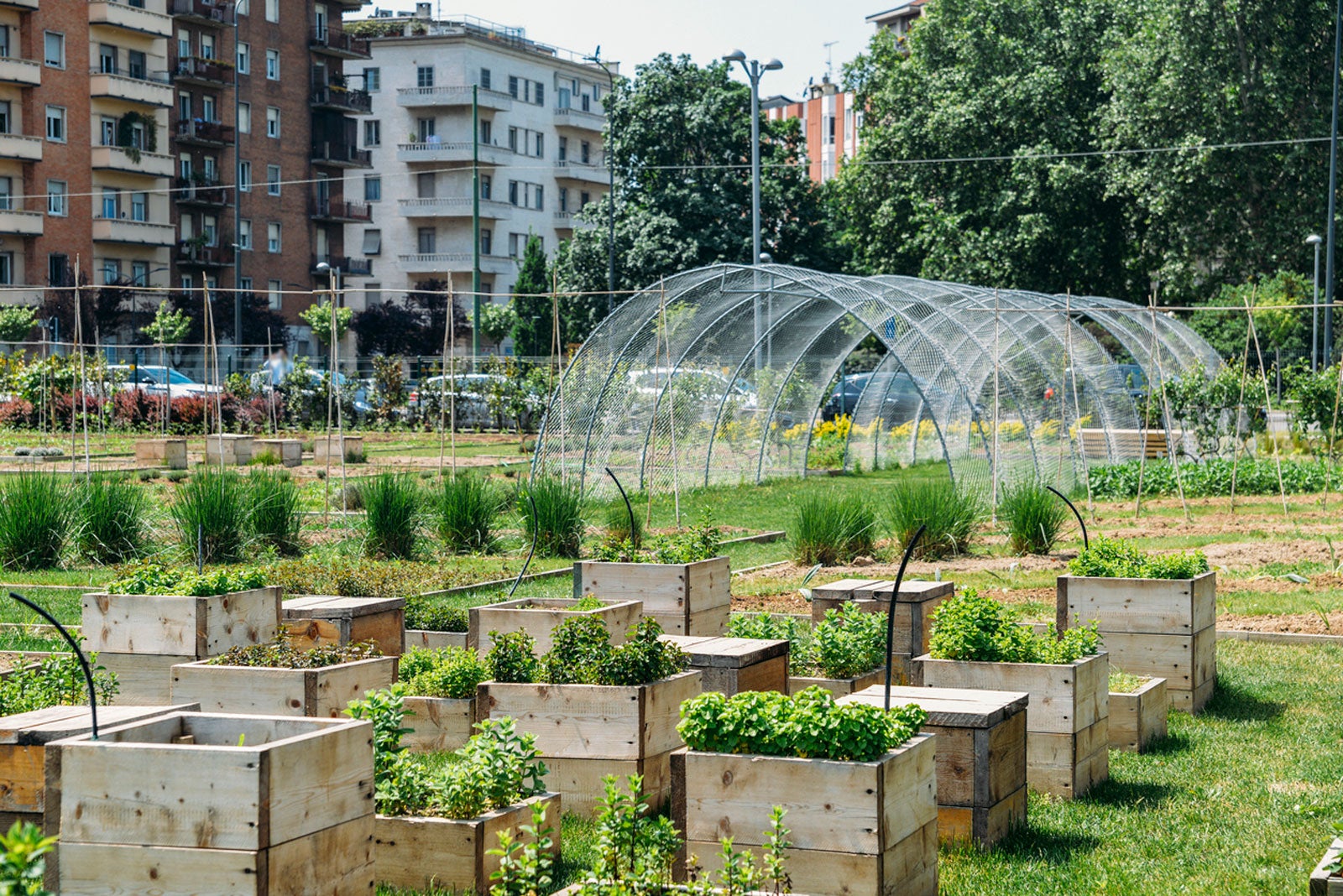City Blooming Can Be Fun For Everyone
Table of ContentsSome Ideas on City Blooming You Should KnowHow City Blooming can Save You Time, Stress, and Money.Our City Blooming PDFsFascination About City BloomingLittle Known Questions About City Blooming.
Fascinated in expanding food for sale in the City of Chicago? Below is a listing of frequently asked inquiries relating to the guidelines and policies that cultivators ought to consider when preparing an urban agriculture task.
The zoning modification does not customize any kind of other codes managing composting, building authorizations, purchasing or renting City owned building, company licenses or ecological contamination. There are existing codes that regulate these problems and they stay in complete effect and may apply to your project. Area gardens are normally owned or handled by public entities, civic companies or community-based companies and maintained by volunteers.
Urban ranches expand food that is intended to be offered, either on a nonprofit or for-profit basis. Due to their industrial function, city ranches call for a company permit.
Some Ideas on City Blooming You Need To Know
The amount of compost material can not go beyond 25 cubic lawns at any kind of provided time according to the requirements in 7-28-715 of the City's Municipal Code. Because the soil at many new yard sites requires modifying, garden compost, dirt, wood chips, or other materials can be gotten to construct or enhance the expanding room.

If a structure authorization is required after that the hoophouse will be thought about an accessory structure. You can discover even more about the building permit needs by contacting the Department of Structures. The 25,000-square-foot dimension limit is intended to avoid a solitary neighborhood yard from dominating an offered block or interfering with the block's existing domestic or industrial character.
The limit does not apply to gardens found in Public Open Room (POS) areas. Can there be more than one neighborhood garden that is 25,000 square feet on a single block? Fence is not called for, however, yards that have large auto parking areas might be called for to mount fencing or various other landscaping features.
The Facts About City Blooming Uncovered
B1 & B2 areas need that all commercial use tasks be conducted indoors. Is secure fencing needed for urban ranches? Fencings may be required, along with landscape design and testing, for particular vehicle parking areas and outdoor job or storage space areas depending on place and the specific activity taking area.
Urban ranches call for building authorizations and zoning authorizations prior to building and construction (eco-friendly practices). Other forms of city review might be called for depending on certain structures, activities, size, landscaping, licensing, public health and stormwater administration issues.
Yes. The type of certificate is determined by what is taking place at the website. The Division of Business Matters and Customer Defense can aid identify the particular kind of company license that's needed. Yes. Off road parking is needed for many commercial tasks in Chicago. The needed variety of garage is based on the number of employees servicing site and not the square video footage of the expanding space.
The Ultimate Guide To City Blooming

Yes. An urban ranch can market garden compost material produced on website, nevertheless, the procedure needs to abide by the container and raised bed gardening etc. regulations in 7-28-715 of the Chicago Municipal Code. Yes. Aquaponic systems are allowed indoors on city farms in many zoning districts. Nevertheless, a zoning testimonial and structure permit is called for in order to set up structures or systems and a company license is needed as explained over.
Up to five hives or colonies of honey might be maintained as an accessory use. Beekeepers should sign up with the Illinois Division of Farming. For more details concerning the proposed zoning modification you might get in touch with the Department of Housing and Economic Development, Bureau of Preparation and Zoning at 312.744.8563.
Farming in cities and city areas A metropolitan ranch in Chicago. Urban farming refers to various practices of cultivating. https://www.brownbook.net/business/52834376/city-blooming/, processing, and dispersing food in city areas. The term also applies to the location activities of animal husbandry, tank farming, beekeeping, and cultivation in a metropolitan context. Urban farming is differentiated from peri-urban agriculture, which happens in rural areas beside suburbs.
City Blooming Fundamentals Explained
It can involve an activity of organic farmers, "foodies" and "locavores", who look for to form socials media established on a common values of nature and area holism. These networks can establish using official institutional assistance, ending up being incorporated into regional town as a "change town" motion for sustainable metropolitan growth.
The a lot more direct accessibility to fresh vegetable, fruit, and meat products that may be realised through metropolitan farming can improve food safety and security and food security while decreasing food miles, bring about reduced greenhouse gas discharges, therefore adding to environment modification reduction. Some of the very first proof of urban farming comes from Mesopotamia.